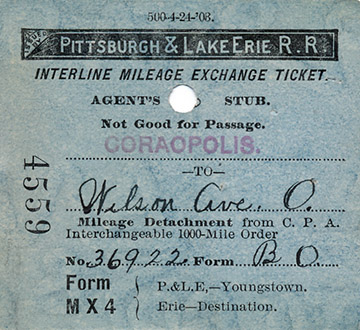


Framed or unframed, desk size to sofa size, printed by us in Arizona and Alabama since 2007. Explore now.
Shorpy is funded by you. Patreon contributors get an ad-free experience.
Learn more.

- Lofty addition
- In 1912
- Keenan Building
- Six years old
- Taken from the P.J. McArdle Roadway?
- It stood only 47 years
- Three track mind
- Incline to the right
- Reach for the sky, 1912 style
- No clean sweep
- Same Job Title, Same Face
- Sadly Lost
- Beautiful ...
- Where you get your kicks
- Aim High
- Pueblo Revival sisters
- Pueblo Neoclassicism
- Milk Man
- Regional dialect.
- Spielberg's inspiration
- Great Photo
- Loaf Story
- Do you still have the Rakes category?
- Could almost be a scene from the 1957 movie 'Hell Drivers'
- The Wages of Fear.
- Conspicuous by their absence
- Got Milk?
- All that aluminum
- No lefties
- Smoke 'em if you've got 'em
Print Emporium
Hotel Vermont: 1911

Burlington, Vermont, circa 1911. "Hotel Vermont." Last glimpsed here. 8x10 inch dry plate glass negative, Detroit Publishing Company. View full size.
Loved the awnings back then!
Still there! Went to a Brazilian Restaurant on the ground floor a few years back.
Academic Coincidence
The Bowling Academy at left is where Lewis Hine, the man who made Shorpy famous, photographed two pin boys whose work kept them up late on school nights.
http://www.loc.gov/pictures/resource/nclc.03374/
[Coming soon to a website near you! - Dave]
Gift cards, 100 years ago.
To the left of the Western Union sign, a small sign that says "Mileages bought and sold" caught my eye. A little research reveals this phrase appearing in newspapers and photos from around 1900 to 1915. I couldn't find a definite explanation, but based on the context of some of those ads, I think it was possible, at that time, to buy a certain number of miles on a particular railroad - sort of like buying a gift card today.
["Mileages" were the coupons in mileage books, which allowed X miles' worth of "interline" travel over multiple railroads. Below, an excerpt from "The Modern Railroad" (1911), and an example of an interline mileage exchange ticket stub. Selling the remaining coupons to a broker before they expire lets the holder avoid a loss on his unused miles. - Dave]
In addition to the railroad selling its tickets there are also railroad passenger traffic organizations, half a dozen or more important ones across the country, which are engaged in selling various forms of railroad transportation. In some cases this takes the shape of a mileage-book which may be honored by fifteen or twenty different lines. The book will perhaps be sold for $25 and will permit of 1,000 miles’ riding at a saving over local fares, if the purchaser comply with its provisions. If he has complied with its provisions within the year’s life of the book, he will be paid $5 rebate upon return of its cover which has given him his riding at two cents a mile. Sometimes these books take the form of “scrip” which is silent upon mileage but which has its strip divided into five-cent portions, sold at wholesale, as it were, at a fraction less than five cents each.
Edit, 31 July 2018: Today I learned, thanks! This also jogged a memory of reading one of those signs on the back of a hotel-room door, and seeing "mileage books" as one of the things you were supposed to deposit in the hotel safe instead of keep in your room.
I'm still not quite sure why mileage books aren't mentioned much in publications after about 1915. I did find a law in New York State, still on the books, that requires railroads with fares between 2 and 3 cents per mile to issue mileage books for no more than 2 cents per mile. Maybe as fares went up, the laws weren't updated, and therefore the railroads were no longer obligated to issue mileage books.

Hotel Vermont? Not with a bit of imagination.
I do believe that to be Rick's Cafe with Sidney Greenstreet (Ferrari), wearing his fez hat and just crossing the street to enter as everything magically turns into Vichy-Casablanca of December 1941. Waiting inside, in addition to Rick, are Victor Lazo, Ilsa, Sam, Capt. Renault, Major Strasser and the lovable Carl (Cuddles Sakall). After all, everybody comes to Rick's, though not always for long as Peter (Ugarte) Lorre has already been eliminated.
























On Shorpy:
Today’s Top 5